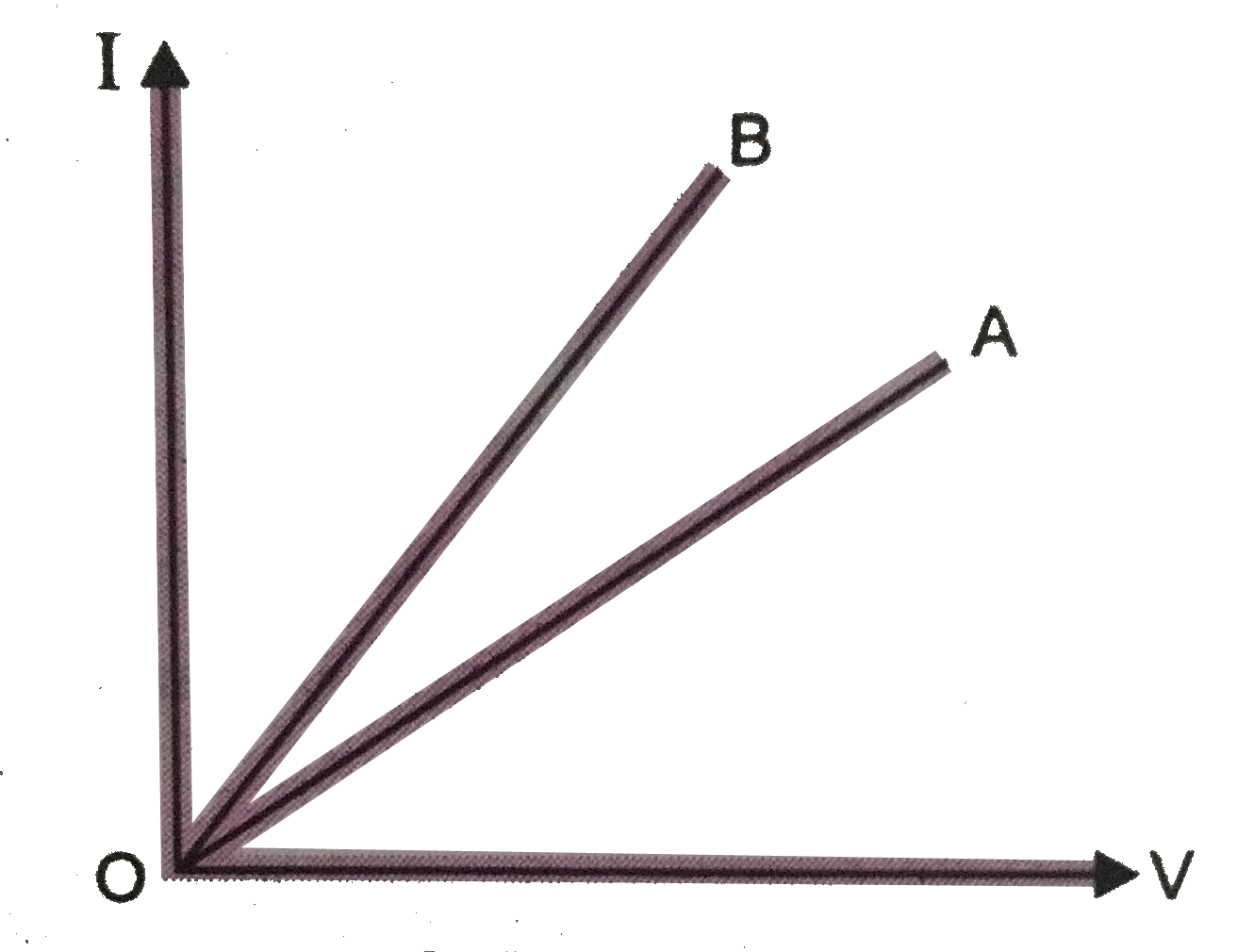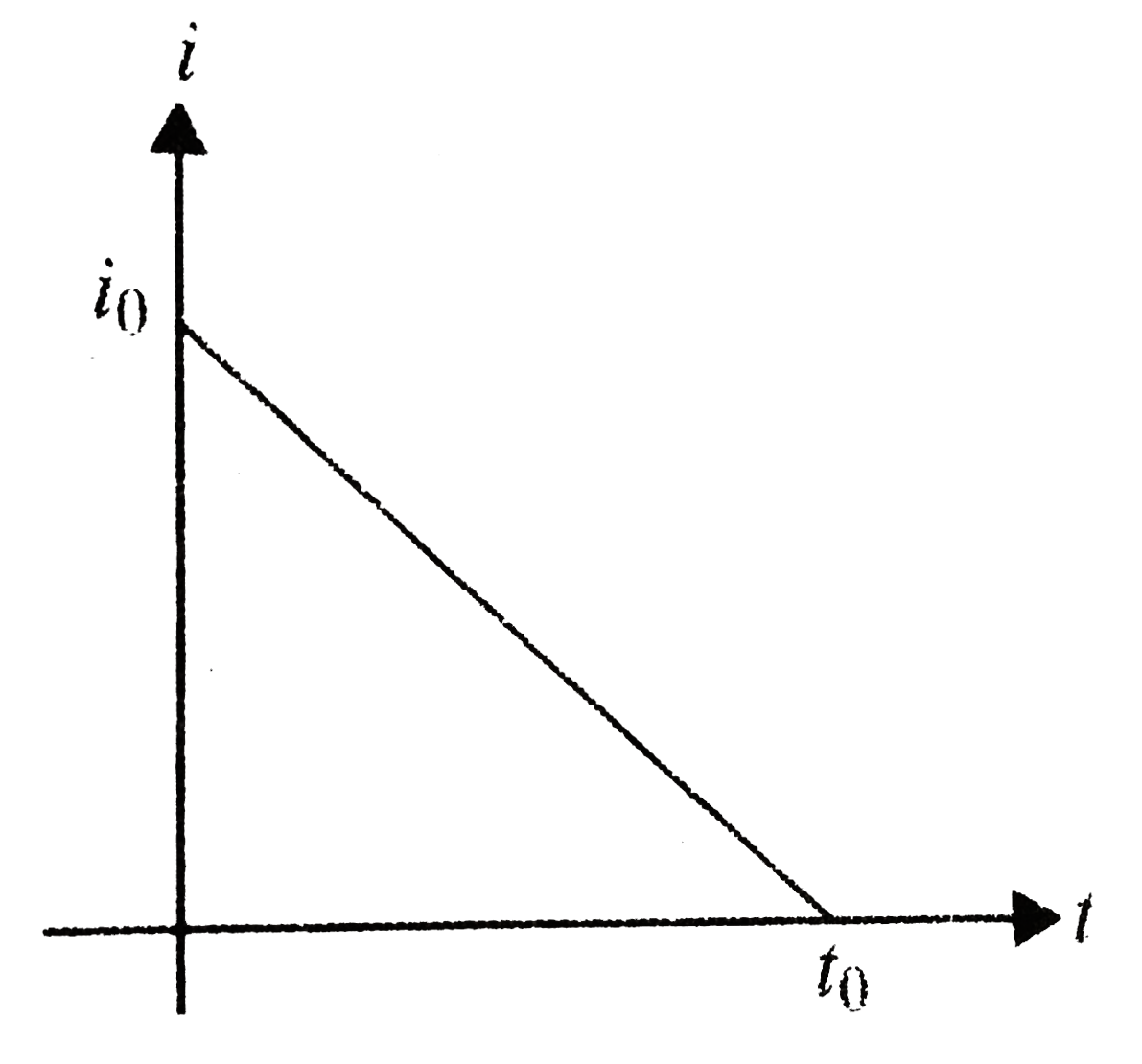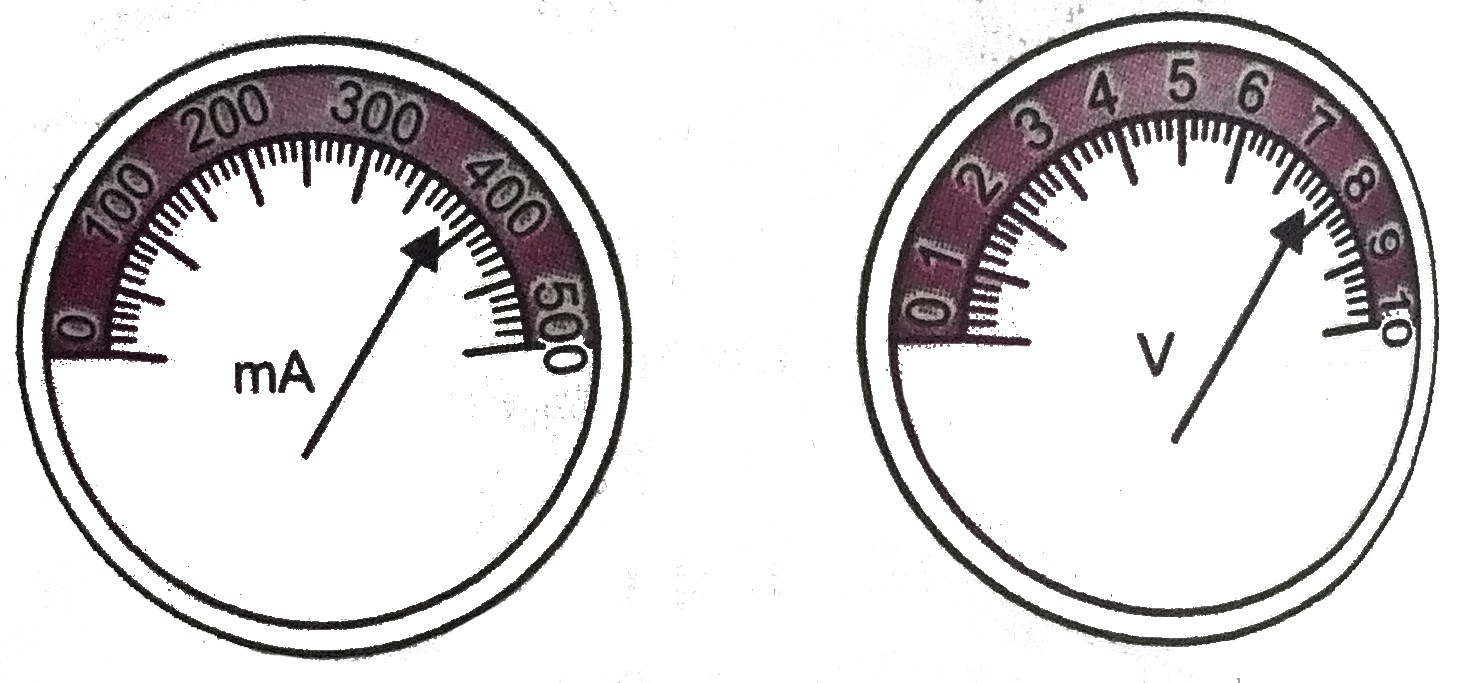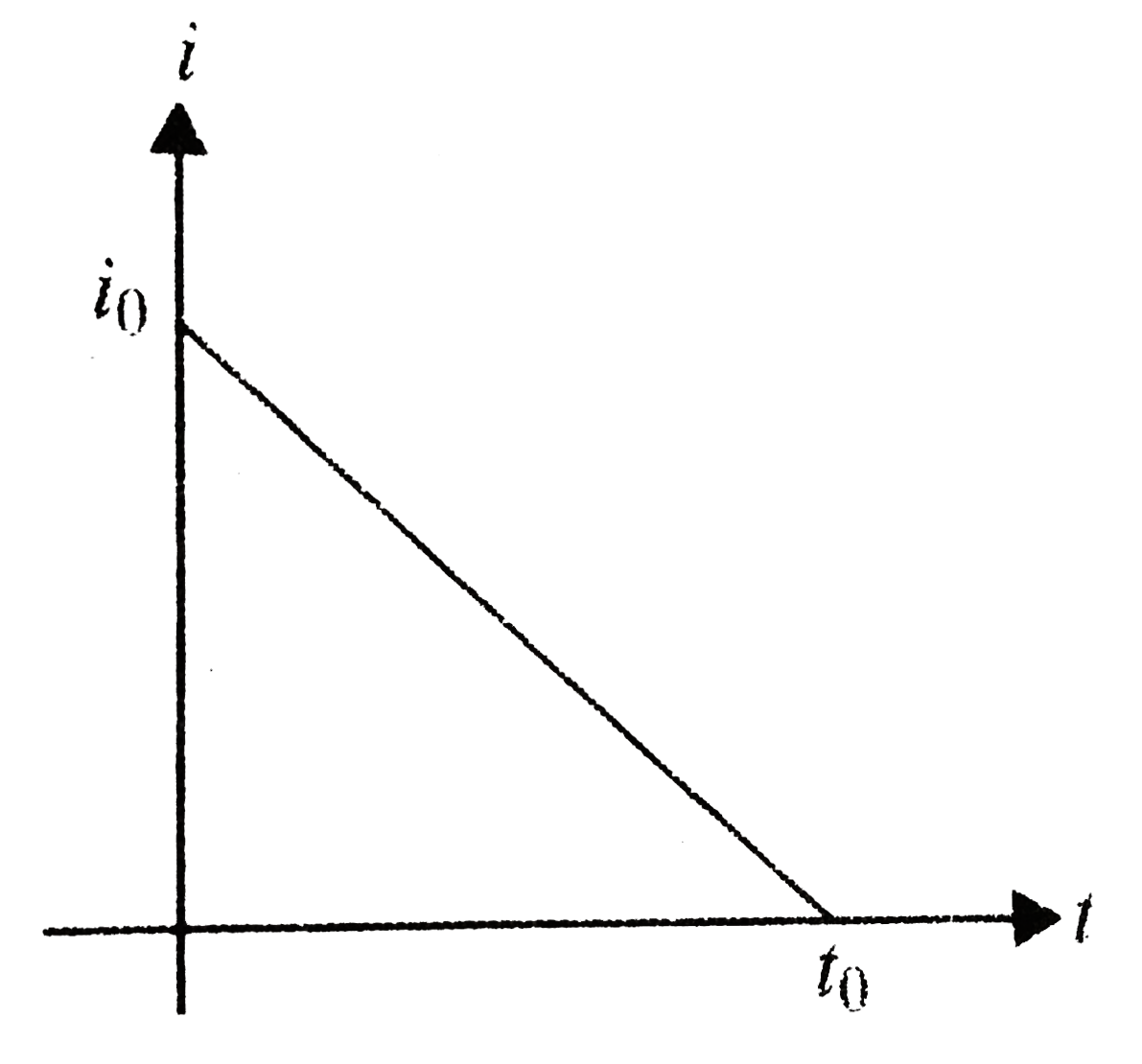Graphs between electric current and potential difference across two conductors AandB are as shown in (Fig. 3.49). Which of the two conductors has more resistance ?
 .
.
Video Solution
Text Solution
As is clear from the graphs AandB, for a given pd, the current through the conductor A is less than the current through B, i.e., IA<IB Since R=V/I,R∝1/I for a pd, RA>RB.
|
Topper's Solved these Questions
- ELECTRICITYBOOK - PRADEEPCHAPTER - ELECTRICITYEXERCISE - (Additional)Short Answer
36 Videos
- ELECTRICITYBOOK - PRADEEPCHAPTER - ELECTRICITYEXERCISE - (Additional)Long Answer
4 Videos
- ELECTRICITYBOOK - PRADEEPCHAPTER - ELECTRICITYEXERCISE - (Exemplar)Long Answer
6 Videos
- MAGNETIC EFFECTS OF ELECTRIC CURRENTBOOK - PRADEEPCHAPTER - MAGNETIC EFFECTS OF ELECTRIC CURRENTEXERCISE - Mock Test
21 Videos
Similar Questions
Knowledge Check
The potential difference of two end points of a conductor is 2 V workdone in supplying 0.1 charge from this conductor is
A0.1 JB0.2 JC2 JD1 JRelation between current in a conductor and time is shown in fig.

Total charge flowing through the conductor isAi0t0/2Bi0t0Ci0t0/4D2i0t0The potential difference of two end points of a conductor is 2 V workdone in supplying 0.1 C charge from this conductor is
A0.1JB0.2JC2 JD1 J
Write the relation between electric power of a devices with potential difference across its two ends and its resistance .
View SolutionCan there be a potential difference between two adjacent conductors carrying the same charge ?
View SolutionCan there be a potential difference between two adjacent conductors carrying the same charge ?
View SolutionThe current flowing through a conductor and the potential difference across its two ends are as per reading of the ammeter and the voltmeter shown in (Fig. 3.50). Find the resistance of the conductor.
 .
.
View SolutionRelation between current in a conductor and time is shown in fig.

If the resistance of the conductor is R, then the total heat disspipated across resistance R is
View Solution
